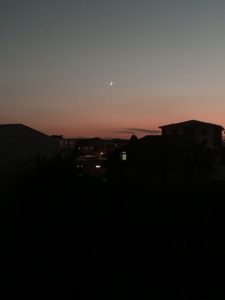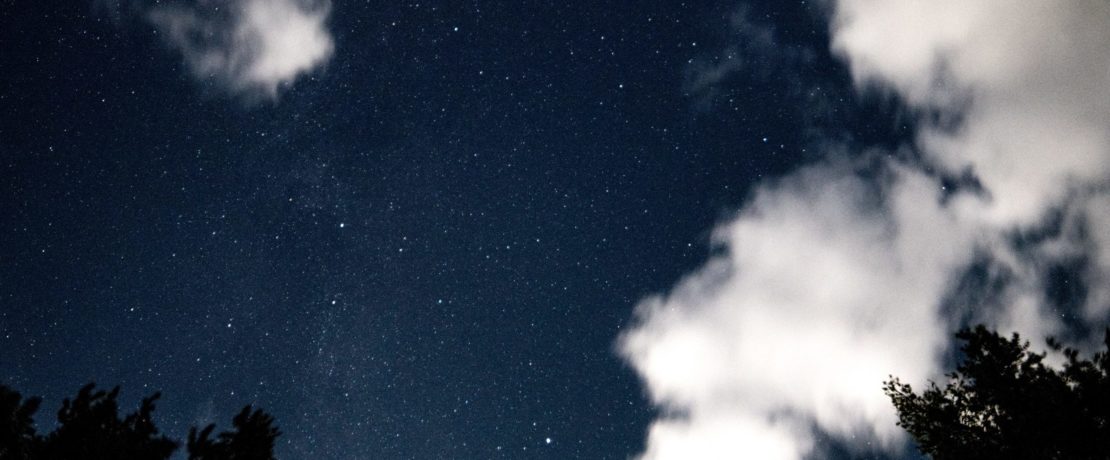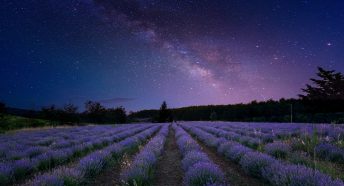The results from Buck's 2022 Star Count
The results are in from our annual star count survey! Thank you to everyone who
helped us by taking part.
As mentioned in our recent newsletter, our Chair Paula Buck highlighted the importance of the survey and the need to reduce light pollution in a number of local radio broadcasts and the survey took place between 26 February and 6 March this year. Over 2,500 people took part across the country!
Volunteers were asked to count the number of stars they could see in the Orion constellation (the one with the three stars in a line). Our national charity has now had time to collate the results and we are delighted to report that we have been enjoying the best views of the night sky since the annual Star Count began in 2011!
The peak of severe light pollution (defined as being able to see 10 or fewer stars with the naked eye) was, rather unsurprisingly, seen in 2020. We found a reduction following lockdown in our 2021 survey, facilitated we expect from more home working and reduced travel. Despite the improvement, nearly half (49%) of our participants reported severe light pollution so we need to continue to find ways to continue the reduction and prevent any resurgence.
Light pollution is bad for wildlife and much of it is also a huge waste of energy and of course exacerbates our carbon emissions. We can all help the environment (and our pockets) by turning off house and particularly garden lights when not needed, encouraging local councils, housing associations and businesses to dim street lights and avoid unnecessary office lights at night as well as plan carefully before new projects are built.

Having a clear view of a beautiful, starry sky is one of the joys of our countryside and is something we are keen to protect. Aside from the environmental benefits mentioned, it has also been shown to be beneficial for mental health and well-being yet the night sky has no legal protection against pollution at all and light pollution is allowed to increase with no controls unlike other forms of pollution.
To find out more about this campaign please click here and use the link below for our interactive dark skies map.
CPRE’s interactive maps of England’s light pollution and dark skies.
Remember to join our 2023 count!






